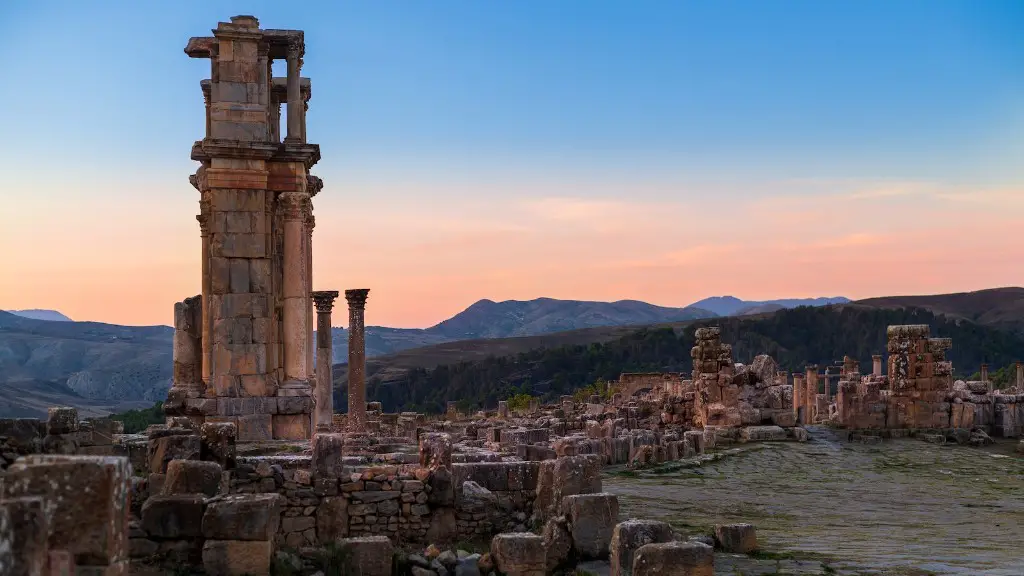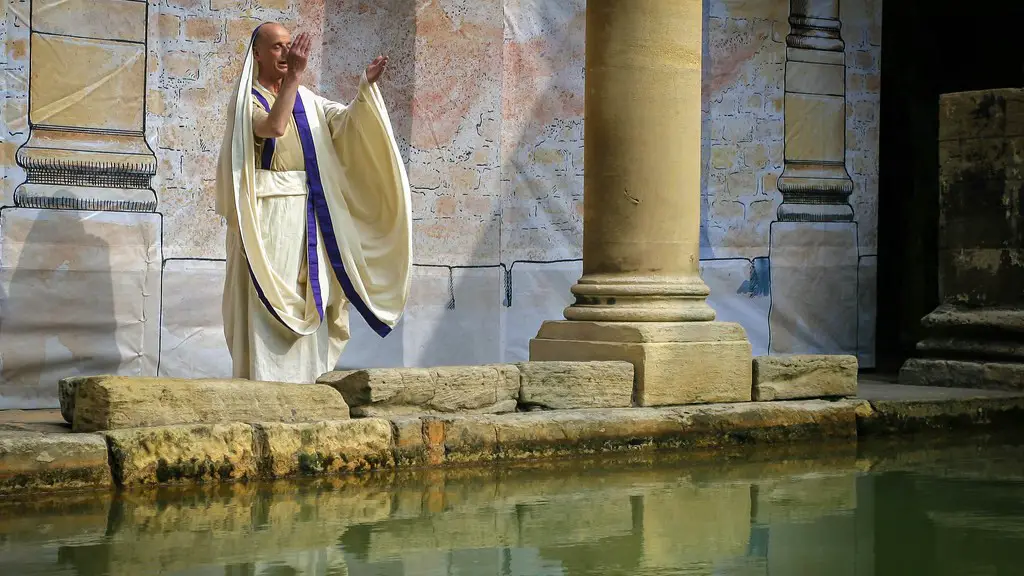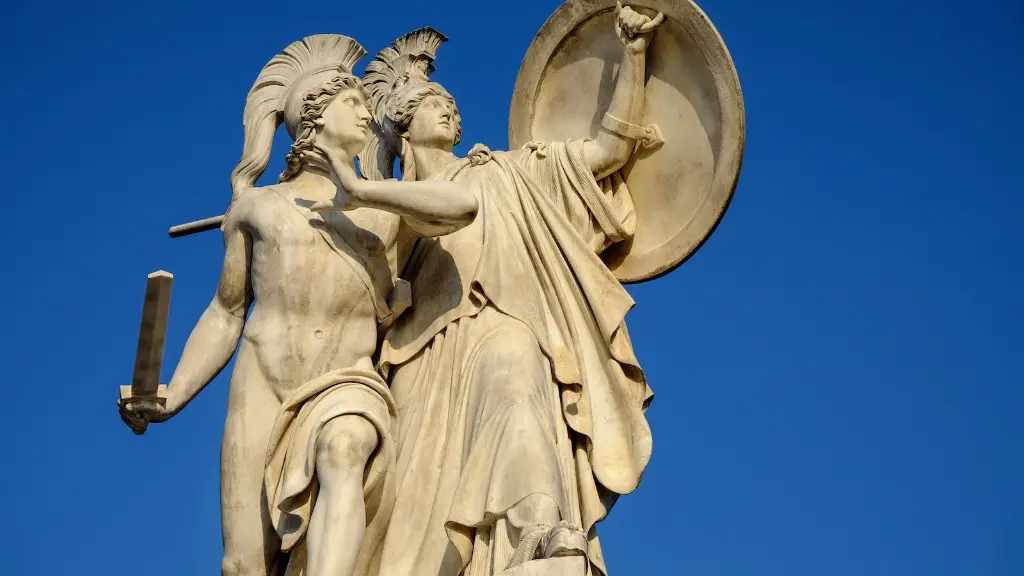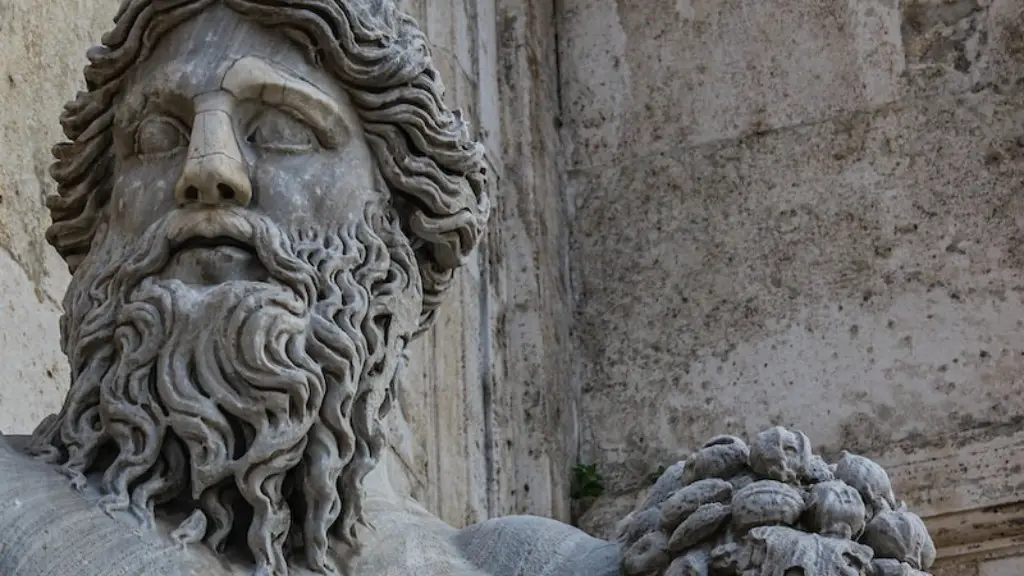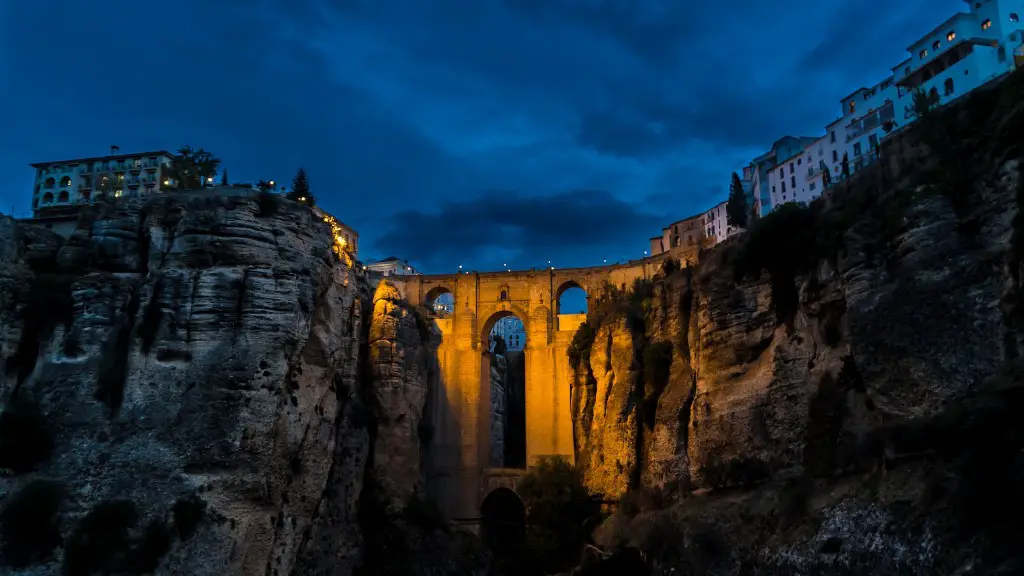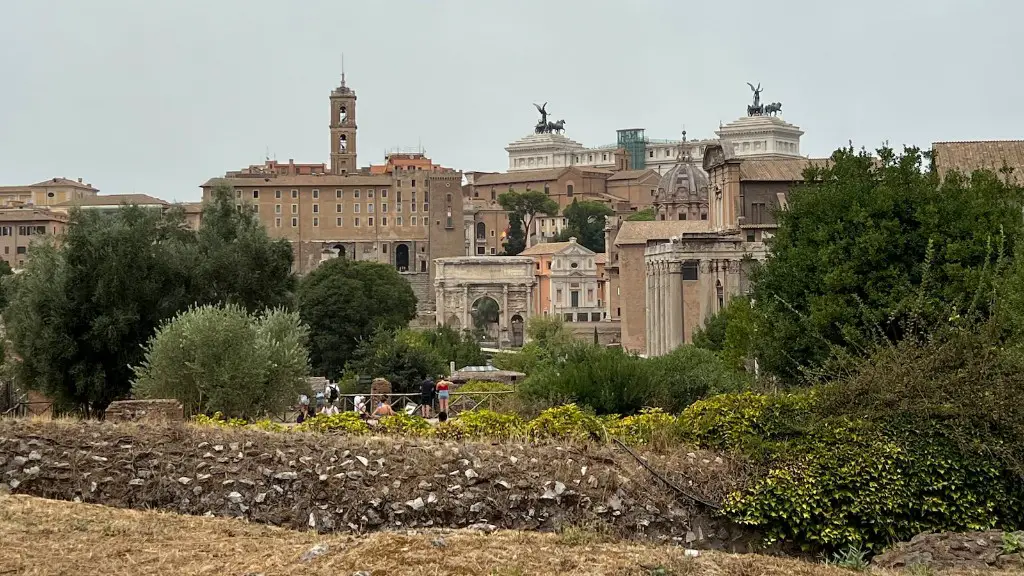What was living in Ancient Rome Like
Ancient Rome is remembered as one of the most influential and powerful civilizations of all times. The culture of life in Ancient Rome was complex and varied, and left an indelible mark on the modern world. In Ancient Rome, daily living was characterized by hard work, family life, religious observance, commerce, engineering, and political administration.
The expansion of Ancient Rome was fueled by a strong military and an efficient government. A hierarchy of social classes was established, with the patrician class at the top and the plebeian class at the bottom. The family was the main unit of social structure, and these families held great influence in the city’s politics. Religion was also a major part of daily life, with rituals and festivals devoted to gods like Jupiter, Juno, and Minerva.
Daily life in Ancient Rome was extremely difficult. The lower classes had to struggle to survive, and even wealthier citizens could not escape the city’s population density and pollution. Ancient Rome was a dangerous place, where violent crime, slavery, and corruptions were rampant. The rich were mostly safe from crime, but had to deal with other social ills such as the exploitation of peasants and political oppression.
Nevertheless, life in Ancient Rome had its moments of sheer beauty and joy. Rome was a major cultural capital, producing some of the most influential literature, architecture, and art of all times. Education was widely available, and the city was home to some of the most advanced engineering projects of its day. The rich harvests of the countryside and the vibrant markets of the city were a booming source of wealth for wealthier citizens. In Ancient Rome, the quality of life varied greatly depending on one’s social class, but the city was a vibrant and exciting place to live.
Trade and Commerce
Trade and commerce were essential parts of life in Ancient Rome. From a simple day trip to buy groceries to large-scale trading voyages headed to far-off lands, the economy of Ancient Rome was driven primarily by the exchange of goods and services. Merchants and traders of all walks of life could be found in the city’s markets, offering everything from fresh produce to exotic commodities. Much of the trade was done through large merchant guilds, which acted as middlemen between farmers and consumers.
The primary currency of Ancient Rome was the Roman denarius, meaning “ten,” which was based on the silver coins used in earlier Greek and Macedonian civilizations. Other denominations were also used, such as the sestertius and the aureus. Ancient Rome also had a complex banking system, which allowed for the direct exchange of Roman money with foreign currencies. Beyond coins, Ancient Romans also employed bartering, which was used to trade goods and services.
It was not unusual for Ancient Romans to travel far to find bargains and rare commodities. The city’s merchants engaged in extensive trade with countries such as China, India, and Persia, bringing luxuries such as spices, silks, and exotic animals to the markets of Rome. Trade was an essential part of the city’s economy, contributing to its growth and prosperity.
Entertainment and Leisure
Daily life in Ancient Rome included plenty of entertainment and leisure activities. Sports were incredibly popular, and Ancient Romans engaged in a variety of physical activities including wrestling, boxing, and chariot racing. The city also had its own form of theatre, called ludi, which involved performances of comedies, tragedies, and mythological stories.
Public games also served as entertainment, and some of these were held in the Colosseum, which was one of the most spectacular monuments of Ancient Rome. Ancient Romans also indulged in various forms of gambling, such as dice and board games. Many citizens used these activities as a form of recreation, while others used them to make money.
The Circus Maximus was one of the most popular locations for entertainment, and games were held there frequently. The Circus Maximus was a huge oval-shaped stadium which could seat up to 50,000 spectators, and its popularity only grew over time. Gladiatorial games were a major attraction of the Circus Maximus, and often featured exotic animals as well as human combatants.
Beyond the public games and spectacles, an evening spent in the theater, or an afternoon in the markets, was a frequent pleasure for the people of Ancient Rome. And although the city offered many forms of entertainment, it was often family life and religion that provided the most joy and peace of mind.
Architecture and Urban Planning
Ancient Rome was a city of grand and impressive architecture, ranging from massive monuments to smaller villas, gardens, and public baths. Roman architects drew inspiration from the Greek and Macedonian civilizations, and synthesized them into the distinctive Imperial architecture of Ancient Rome. Examples of this style can still be seen around the city, such as the Colosseum, the Pantheon, and the Arch of Titus.
Urban planning was also a large part of Ancient Rome’s architectural achievements. The streets were carefully planned and built by engineers, featuring sewers, aqueducts, and public baths for citizens to use. The city was divided into regions, each one obeying a strict hierarchical system and connecting to the city’s central area, known as the Forum Romanum.
Ancient Rome was also home to many public works and monuments. While the city’s grand temples and bathhouses served to glorify the gods, they also implemented complex architectural principles and proved the engineering expertise of the Roman people. The city was held together by a unified vision of civic and religious pride, which still stands today as a testament to a lost civilization.
Political Environment and Governance
In Ancient Rome, the Senate was the primary governing body and one of the most powerful forces in the city. It was composed of senators who had been elected by the citizens of Rome, and served primarily to make political decisions, debate legislation, and manage government funds. The Senate was dominated by the patrician class, who relied heavily on their influence and wealth to ensure their political power.
Besides the Senate, Ancient Rome had other governing bodies such as the censors and the comitia, who were responsible for overseeing the city’s elections and other public matters. The Roman army was also an important political force in the city, and its soldiers could be used to enforce laws or put down rebellions. Rome was also ruled by an emperor, who had absolute power within the city.
Interestingly, Ancient Rome was not only a monarchy, but also a republic. Rome was ruled by a complex balance of powers between the senate, the emperor, and the citizens themselves. This form of government continued until the fall of the Western Roman Empire in 476 CE, and served as a model for many of the modern democratic governments throughout the world.
Decline and Fall of Rome
Although Ancient Rome was an incredible civilization, its greatness eventually faded as internal strife, pollution, and economic problems took a toll on the city. Various historical events and forces contributed to the decline and fall of Rome, such as the rise of Christianity, internal division within the ruling classes, and the growing power of neighboring states. Rome was eventually sacked by a combined force of barbarians in 410 CE, leading to its slow deterioration and the end of the Roman Republic.
The collapse of the Roman Empire is still considered one of the greatest tragedies in human history. The loss of life, the destruction of infrastructure, and the death of an entire civilization had a lasting impact that can still be felt today. However, the legacy of Ancient Rome continues to shape our world, and the lessons learned during its decline have been instrumental in helping us prevent the same fate from befalling our own age.
Conclusion
Life in Ancient Rome was a complex and varied experience, one that left an indelible mark on our modern world. Despite its many challenges, Ancient Rome was an incredibly prosperous and influential civilization, one that powered the growth of trade, culture, and urban planning. Its decline and fall serves as a reminder of the fragility of any golden age, and the power of history to shape the present.
